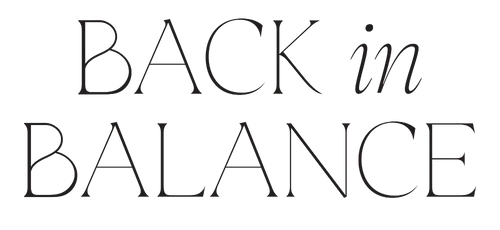

Apple Trackpad

Apple Keyboard
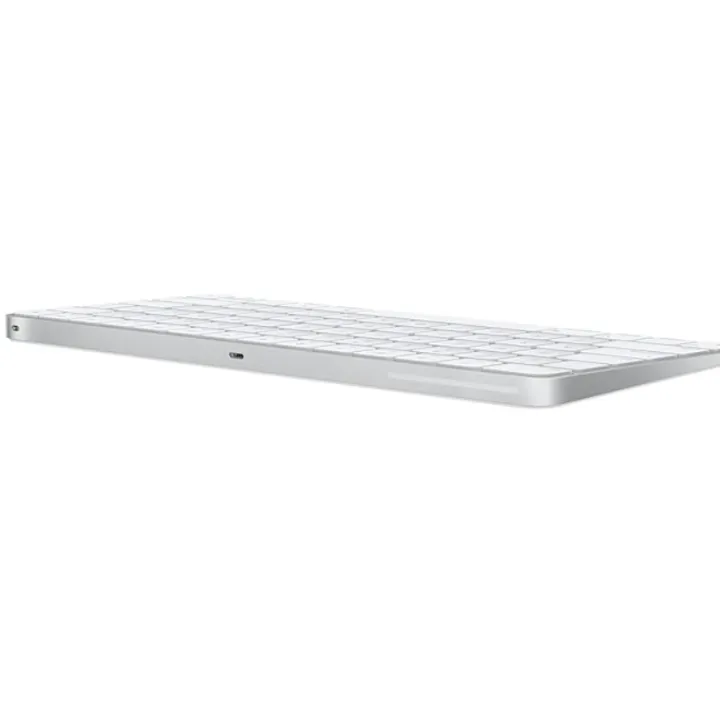

Are you wanting to get pregnant or expecting a little one? Get out free checklist today. This Ultimate Fertility and Pregnancy Checklist gives you everything you need to know for optimized health.

Unlock the secrets to managing stress with our Overcoming Stress Mini Course. Learn how to leverage your nervous system to reduce anxiety and improve well-being. Join today for quick, effective stress relief strategies. Perfect for busy individuals seeking a healthier, stress-free life.
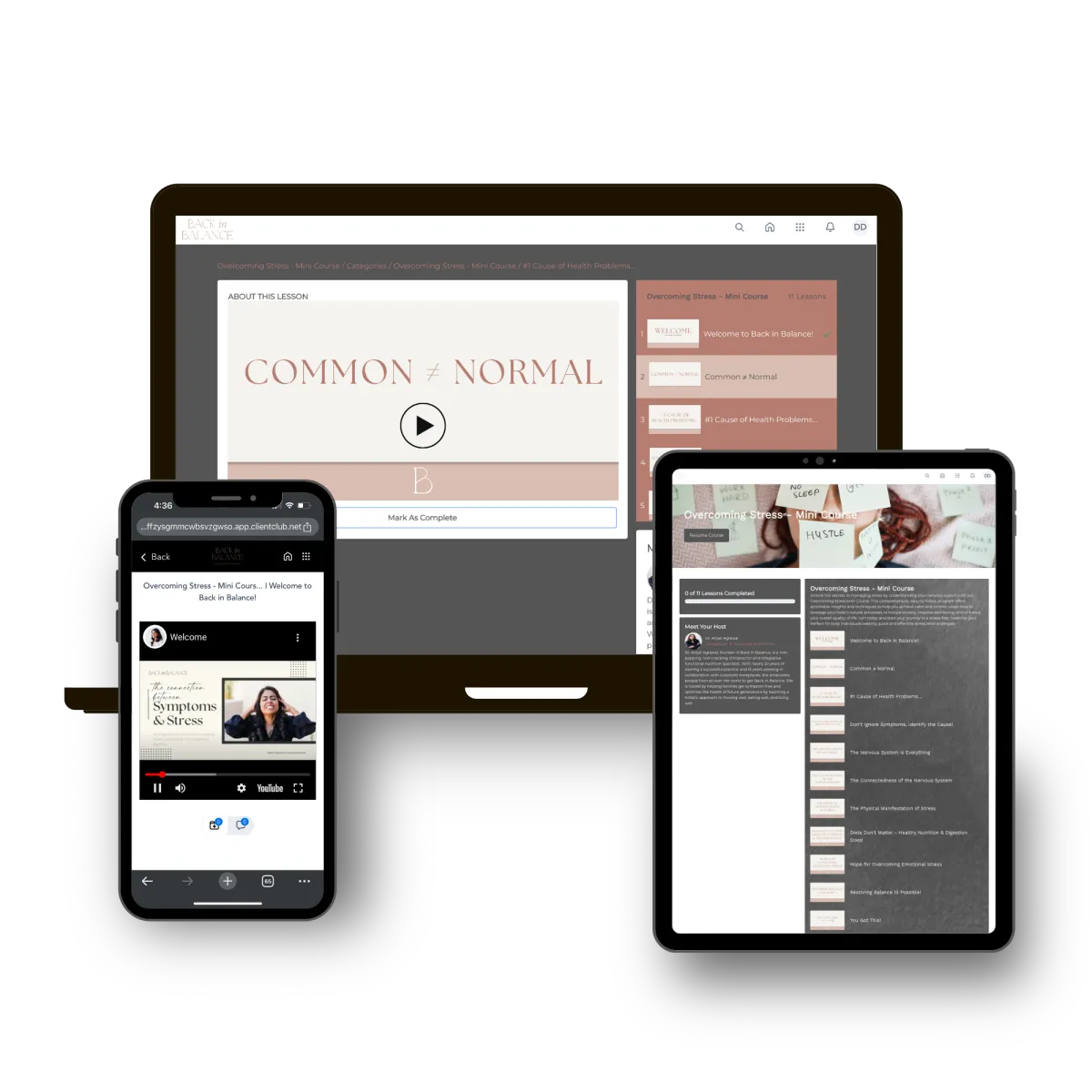
Are you wanting to get pregnant or expecting a little one? Get out free checklist today. This Ultimate Fertility and Pregnancy Checklist gives you everything you need to know for optimized health.

Do you ever feel stiff and sore from sitting all day? If so, download our printable bookmark and walk through the 10 point ergonomic checklist to help you get back in balance from anywhere!
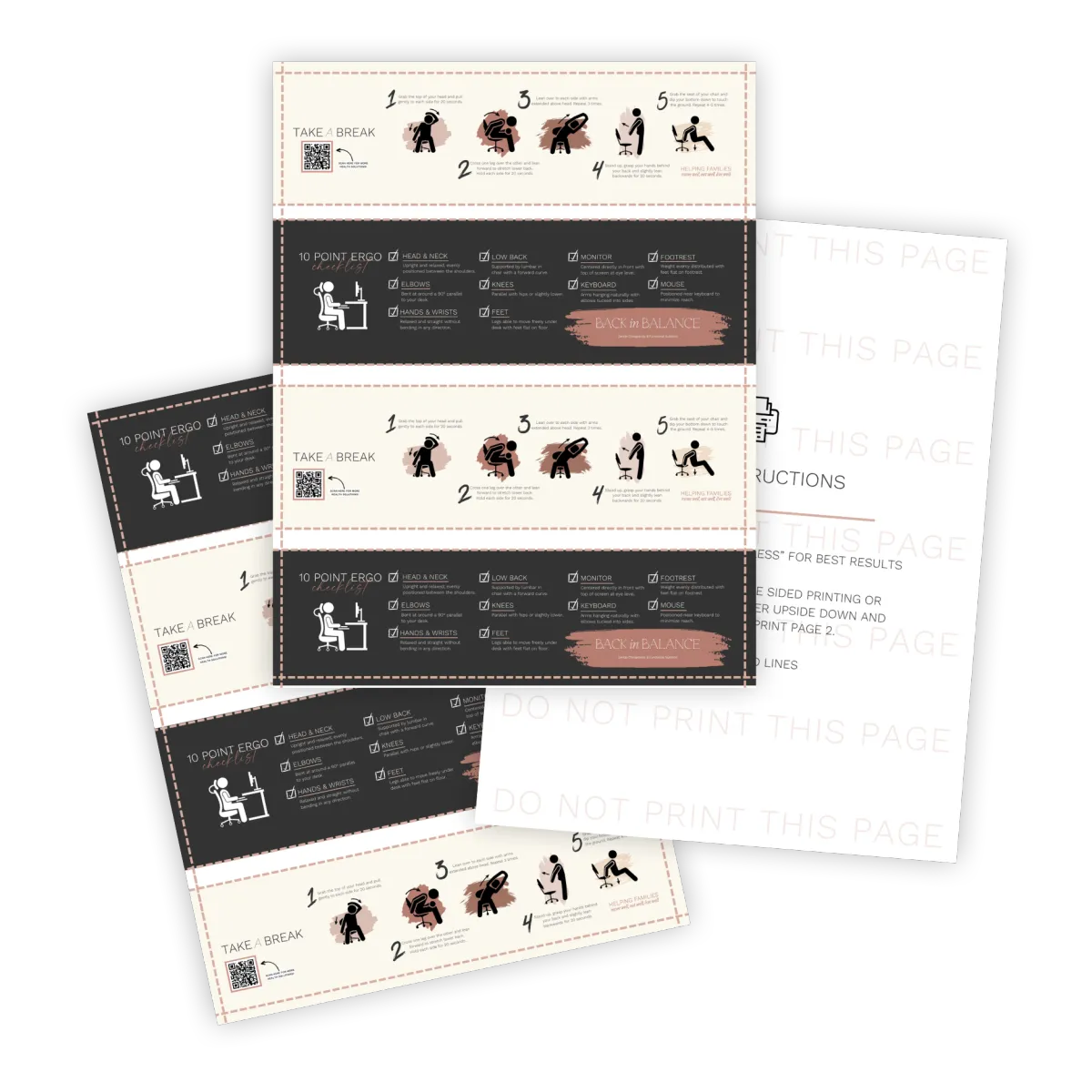

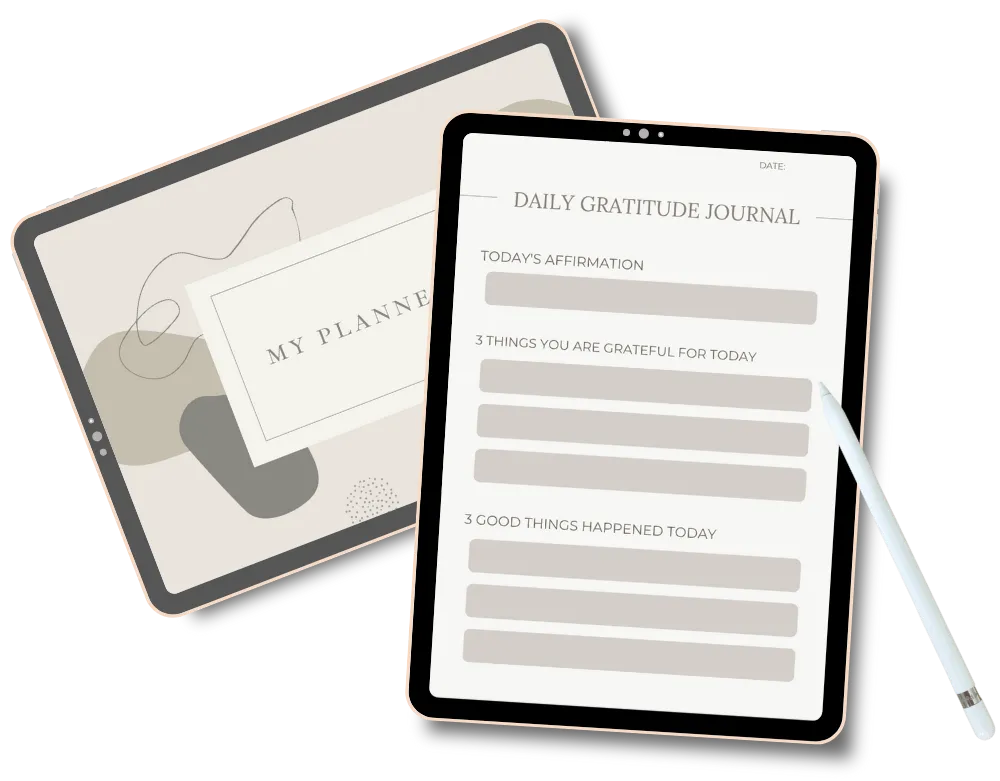

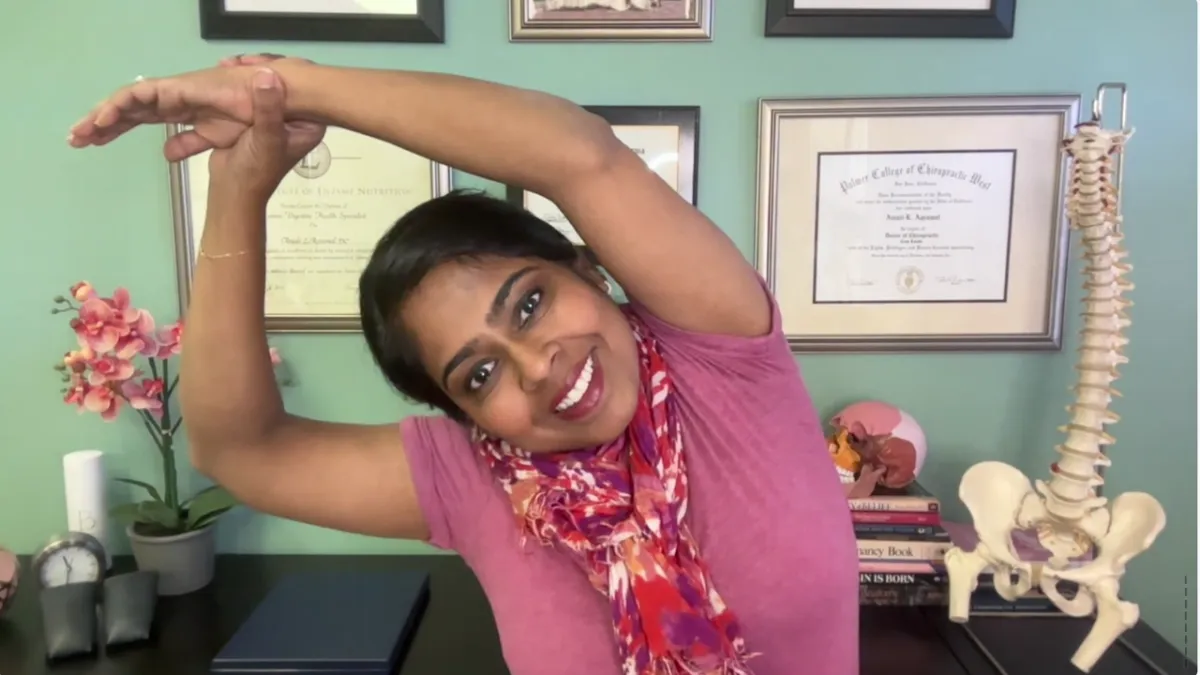
Discover the Difference Between Stretching vs. Moving—and Why Both Matter for Busy Women
Did you know there’s a real difference between stretching and moving? Let’s dive into why both matter—especially for busy, brilliant female service providers navigating life, work, and wellness.
Why posture matters all day long
Most of us live life forward. We wake up, brush our teeth, head to the computer, maybe drive, and sit—leaning forward through our day. Then we curl up to sleep in familiar comfort. But that all-day forward posture shortens our muscles.
What babies can teach us
Have you noticed how babies sleep with arms fully out? That’s because their muscles are relaxed and loose—they’re not used to being shoved forward all day. We, on the other hand, have built years of hunched movement that make stretching feel weird or uncomfortable.
Stretching vs. moving: what’s the difference?
Movement = shifting positions (getting water, standing up, walking).
Stretching = intentional lengthening of a tight muscle.
Both are important—but many of us only get movement, not stretch, especially during work hours.
Why both matter in your workout
Lifting, strength training, and consistent movement without stretching can leave muscles shorter over time—even if they repair. You might notice you used to touch your toes easily, but now that's a struggle. That’s a sign your muscles have “shrunk” a bit.
A simple habit to "unstiff" your day
Here’s a little magic you can do anytime, anywhere:
Every 45–90 minutes (ideally once an hour), pause.
Shift your posture (sit if you’ve been standing, stand if you’ve been sitting).
Do one small stretch for 30 seconds each side—neck, chest, hip flexor, low back, whatever feels tight.
Even one minute of this micro-stretching habit helps shift muscle memory more effectively than waiting until evening yoga.
Stretching without stopping
Can’t step away from a meeting? No worries! We have seated and standing stretch options for you—no extra time required. It’s not just easy; it’s powerful for overall health and flow.
Start today, empower your body
You don’t need to spend 60 minutes reversing your whole day—just little pauses add up. It’s kind to your spine, muscles, and the amazing job you’re doing.
Drop a comment and tell me: what’s your favorite stretch of the day? Have you tried one of our YouTube videos on stretching? I’d love to hear your thoughts.
Thanks for joining us—see you next week!

Discover the Difference Between Stretching vs. Moving—and Why Both Matter for Busy Women
Did you know there’s a real difference between stretching and moving? Let’s dive into why both matter—especially for busy, brilliant female service providers navigating life, work, and wellness.
Why posture matters all day long
Most of us live life forward. We wake up, brush our teeth, head to the computer, maybe drive, and sit—leaning forward through our day. Then we curl up to sleep in familiar comfort. But that all-day forward posture shortens our muscles.
What babies can teach us
Have you noticed how babies sleep with arms fully out? That’s because their muscles are relaxed and loose—they’re not used to being shoved forward all day. We, on the other hand, have built years of hunched movement that make stretching feel weird or uncomfortable.
Stretching vs. moving: what’s the difference?
Movement = shifting positions (getting water, standing up, walking).
Stretching = intentional lengthening of a tight muscle.
Both are important—but many of us only get movement, not stretch, especially during work hours.
Why both matter in your workout
Lifting, strength training, and consistent movement without stretching can leave muscles shorter over time—even if they repair. You might notice you used to touch your toes easily, but now that's a struggle. That’s a sign your muscles have “shrunk” a bit.
A simple habit to "unstiff" your day
Here’s a little magic you can do anytime, anywhere:
Every 45–90 minutes (ideally once an hour), pause.
Shift your posture (sit if you’ve been standing, stand if you’ve been sitting).
Do one small stretch for 30 seconds each side—neck, chest, hip flexor, low back, whatever feels tight.
Even one minute of this micro-stretching habit helps shift muscle memory more effectively than waiting until evening yoga.
Stretching without stopping
Can’t step away from a meeting? No worries! We have seated and standing stretch options for you—no extra time required. It’s not just easy; it’s powerful for overall health and flow.
Start today, empower your body
You don’t need to spend 60 minutes reversing your whole day—just little pauses add up. It’s kind to your spine, muscles, and the amazing job you’re doing.
Drop a comment and tell me: what’s your favorite stretch of the day? Have you tried one of our YouTube videos on stretching? I’d love to hear your thoughts.
Thanks for joining us—see you next week!
LOCATION
949 Sherwood Ave. #100
Los Altos, CA 94022
HOURS
Sunday 12pm - 4 pm
Monday 10am - 4pm
Tuesday 1pm - 4pm
Wed-Fri 10am - 4pm
Saturday Closed
CONTACT
© Back In Balance 2025 | FAQs | Terms & Conditions | Privacy Policy | Site Credit
©2025 Back In Balance Health. All Rights Reserved. – WEBSITE By: Danielle Damrell Creative Collective, Inc.
